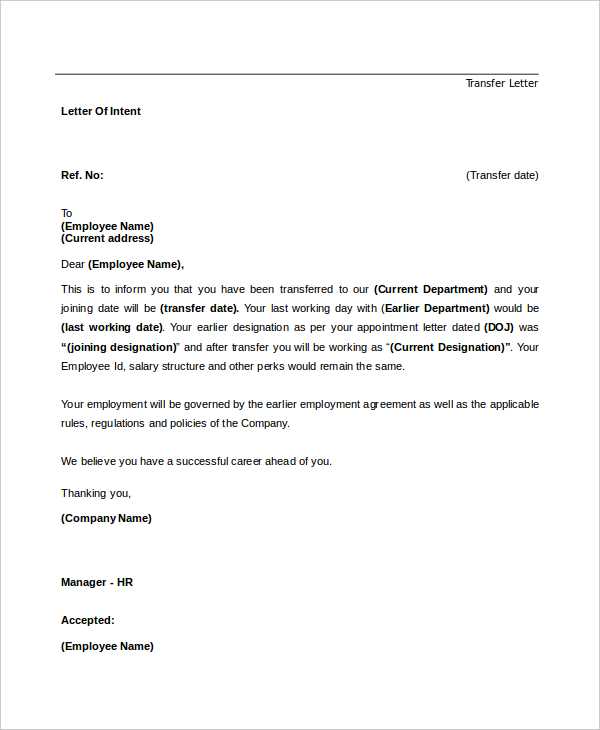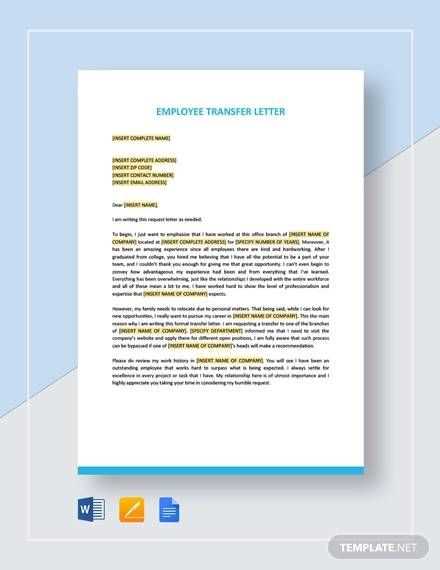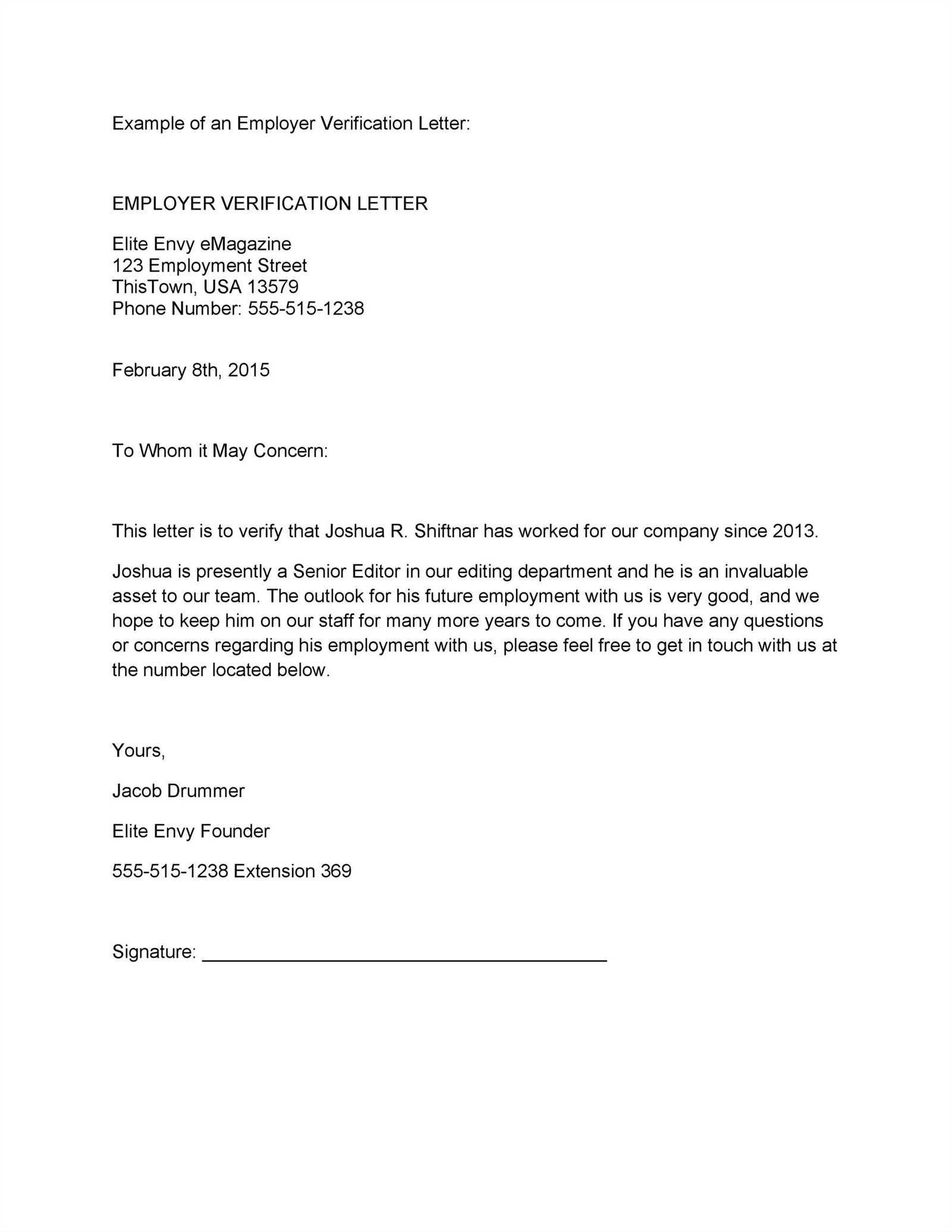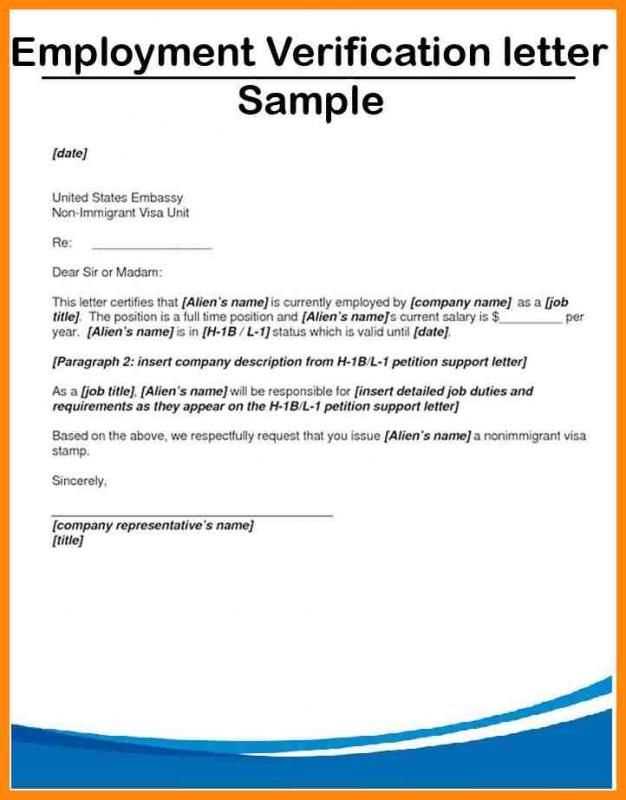Employment Transfer Letter Template for Easy Use

Creating a formal document for an employee’s internal move within an organization is essential for clear communication and record-keeping. This type of correspondence outlines key details and serves to notify all relevant parties about the change. Below, you’ll find a structured approach to creating such a message.
Essential Components to Include

When drafting this formal notice, it’s important to ensure that specific information is conveyed. These details help avoid confusion and make the transition smoother for all parties involved.
- Employee Information: Include the individual’s name, job title, and department.
- New Role Description: Clearly state the new responsibilities or department the employee will be joining.
- Effective Date: Specify when the change will take place to allow adequate preparation.
- Reason for Change: If appropriate, briefly mention the rationale behind the shift.
Steps to Personalize the Document

Each internal movement should be addressed with a degree of customization. It’s important to tailor the document to reflect the individual circumstances while maintaining a professional tone.
- Begin with a polite greeting and a formal introduction.
- Specify the details of the move, including position and department changes.
- Offer any additional context if necessary, such as reporting structures or training requirements.
- Conclude with a supportive message, reinforcing the organization’s commitment to the individual’s growth.
Common Pitfalls to Avoid
While drafting the notification, steer clear of overly casual language and irrelevant information. The focus should remain on the specifics of the transition. Avoid unnecessary jargon and keep the message clear and concise to ensure its purpose is achieved effectively.
Best Practices for a Smooth Transition

For a seamless internal relocation, it’s vital to maintain open communication with both the employee and the departments involved. This helps address any concerns or questions early on. Providing adequate support and resources throughout the process is also key to ensuring the employee feels welcomed and prepared for their new role.
Understanding Internal Relocation Communication
This document serves as a formal notification regarding an employee’s change in position or department within the organization. It outlines key details such as the new role, reporting structure, and effective date of the shift. A well-crafted communication ensures clarity and provides all necessary information for a smooth transition.
Key Elements to Include in the Document
The following details are essential to include for clarity and to avoid any misunderstandings:
- Employee Information: Name, position, and department of the individual moving.
- New Role Details: A description of the new responsibilities, team, or department.
- Effective Date: The exact date when the new role will begin.
- Reason for the Change: Optional but can be included if it adds value or context to the transition.
Steps for Drafting the Relocation Communication
When creating this document, follow these steps to ensure that all the necessary information is communicated effectively:
- Start with a formal greeting and introductory statement.
- Detail the employee’s new role, team, and any changes to reporting lines.
- Provide any relevant context about the reason for the change, if appropriate.
- End with a supportive message that offers assistance during the transition and expresses optimism about the employee’s success in the new role.
Common Mistakes to Avoid in Documents
While drafting this communication, avoid the following common errors:
- Being too informal in tone.
- Including irrelevant details or excessive background information.
- Failing to clearly state the employee’s new role or responsibilities.
- Leaving out critical dates or contact information for further questions.
Legal Considerations for Employee Relocations
Ensure that the communication complies with any applicable labor laws or company policies. This includes respecting any contractual obligations related to internal moves and confirming that the employee’s rights and benefits remain intact during the shift. Always double-check with HR or legal teams to avoid potential issues.
Best Practices for Professional Correspondence
For optimal results, maintain a professional tone, be concise, and focus on the key details. Tailor the message to the individual’s specific situation while adhering to company standards for internal communications. Keeping the content straightforward ensures that everyone involved is clear on the transition and their responsibilities moving forward.